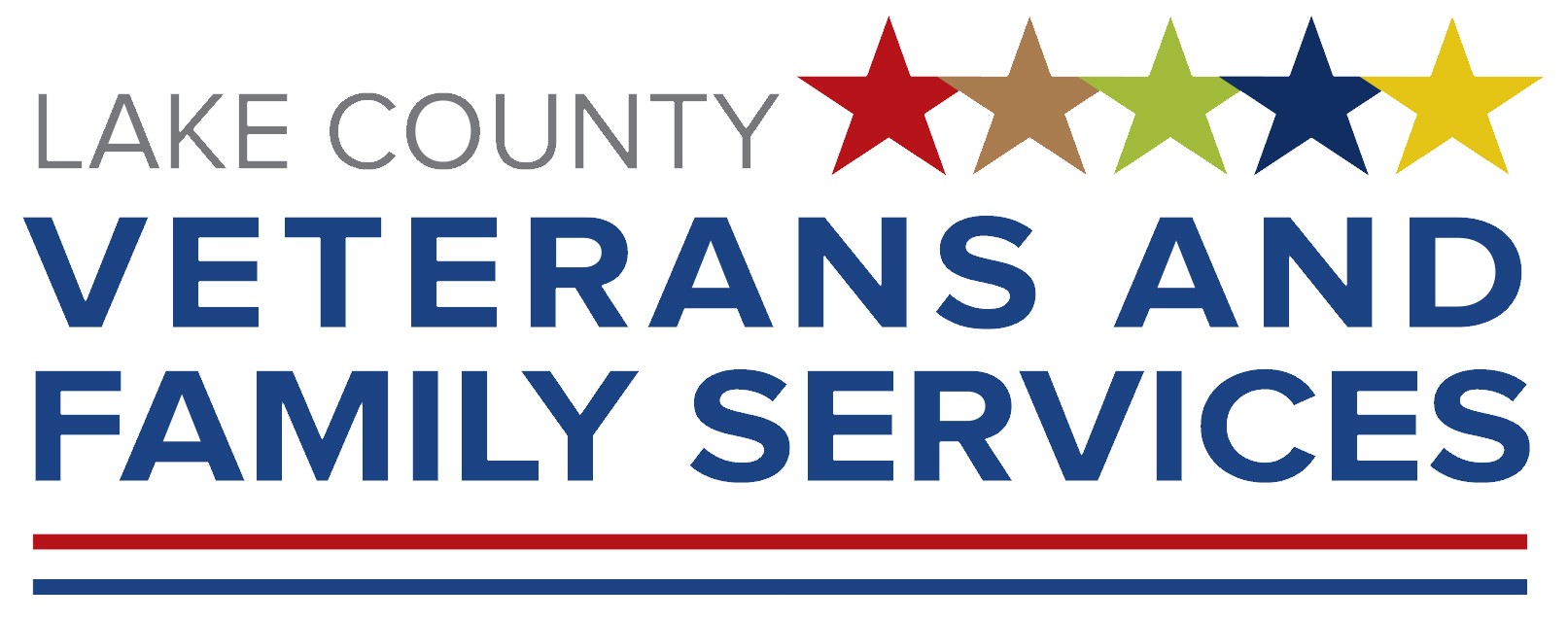The men sitting in the conference room at the Department of Veterans Affairs (VA) clinic in Mare Island, Calif., are all Vietnam veterans in their late 60s and early 70s. After suffering for decades from panic attacks, nightmares, flashbacks, anger, and other assorted symptoms of Post Traumatic Stress Disorder (PTSD), they’re now part of a weekly PTSD support group.
Throughout their two-hour session, led by a VA psychologist, versions of the same story are repeated over and again. “I waited way too long to get help,” one confessed. “I lost family and friends and am socially isolated,” says another. “If it weren’t for the VA and this group, I’d be dead,” a third veteran reports.
In a meeting with veterans from post-9/11 wars, I hear similar stories at the VA Medical Center in Milwaukee — with one important difference. Many patients there received mental health treatment much sooner because of the fact that the Veterans Health Administration (VHA) has pioneered the integration of mental health care into primary care clinics and it also routinely screens veterans for PTSD and other emotional problems. When they sought VA treatment for more visible wounds of war, like bodily injuries or burn pit-related respiratory problems, the VA spotted problems early and could overcome resistance to treatment. As VHA psychiatrist Andrew Pomerantz explained to me when I was researching my book “Wounds of War,” if a veteran even hints at a problem, primary care providers can walk the patient down the hall to a mental health practitioner in what is called a “warm handoff.” After a brief meeting, the veteran would realize therapy isn’t so scary or invasive, which would allow a healing journey to begin.
As the nation nears the end of its annual PTSD Awareness Month, I hope the White House can learn from the decades of experience that the VHA has amassed after treating millions of veterans suffering from military-related PTSD. These lessons teach us that the outsourcing of veterans’ health care, which began under President Obama and gained further traction under President Trump, is a huge mistake. In the area of mental health, this partial privatization of VA services has steered thousands of patients away from salaried experts, whose whole practice is “vet-centric,” to private sector providers who have little knowledge of how to deal with veterans’ complex problems yet are eager for federal reimbursement, on a lucrative “fee-for-service” basis.
Why is the VA a far better choice for vets suffering from PTSD?
Let’s first consider the scale of the problem — and the stubborn fact of veteran resistance to seeking any treatment at all. Over 30 percent of male Vietnam veterans are estimated to suffer from PTSD, compared to 6.8 percent of all American adults. Between 18.5 and 42.5 percent of service members involved in the U.S. occupation of Iraq and Afghanistan returned with some sort of mental health problem, with over 18 percent suffering from PTSD.
Many veterans are slow to acknowledge such service-related conditions because military socialization has programmed them to downplay both physical and mental ailments. The Marines, for example, distribute a T-shirt to new recruits declaring that “pain is weakness leaving the body.” If an active duty service member displays symptoms of PTSD, depression, or substance abuse, “it could ruin your career,” one former service member told me. According to a study by the Bush Institute, “over 80 percent of post-9/11 veterans thought that embarrassment or shame was a barrier to veterans seeking care for their injuries.”
Because it is determined to overcome this barrier to care, the VA has initiated outreach campaigns in which vets encourage other vets to get help for psychological problems. If they do, the VA has thousands of mental health professionals who are rigorously trained in evidence-based treatments — like Cognitive Processing Therapy and Prolonged Exposure Therapy — that are the gold standard in PTSD care. Psychologist Joseph Ruzek, who worked at the VA’s National Center for PTSD for decades, told me that this kind of care is rarely available in the private sector. Studies document that few private sector providers are trained in the kind of evidence-based care that is most effective in treating PTSD and most know little about military culture. In fact, few even ask patients about military service.
Over the past seven years, Congress has passed legislation like the MISSION Act of 2018, which requires the agency’s administrators and direct caregivers to refer many patients to private doctors and hospitals, regardless of their qualifications to treat veterans. Between 2017 and 2021, VA expenditures on private sector care increased by 223 percent while its budget for in-house care rose only 12 percent. In fiscal 2021, $18 billion — 20 percent of the VA’s entire clinical care budget — was spent on reimbursement of non-VA providers.
This massive diversion of resources is costly, and wasteful and results in less effective patient care. One way the Biden administration can demonstrate its own “PTSD awareness” is by reversing this trend and assuring that the VA is fully funded and staffed so veterans can get the care they deserve.
Suzanne Gordon is a senior policy analyst at the Veterans Healthcare Policy Institute. She is the author of “Wounds of War: How the VA Delivers Health, Healing, and Hope to the Nation’s Veterans.”

